Writing Historical Fiction for Middle Grades Kids
Ever consider writing a book of historical fiction for kids? Like to hear how someone else did it? Malayna Evans is the author of the new Jagger Jones series, beginning with Jagger Jones and the Mummy’s Ankh. Read on to learn some of what Malayna learned, including why holding a PhD in Ancient Egyptian History from Chicago’s most scholarly university was not as helpful as you might think!
 By Malayna Evans
By Malayna Evans
To those of us who are passionate about history, the people, places and artifacts of times long past draw us in. History speaks to us, showing us new worlds that are simultaneously foreign and familiar, rich with differences, and yet often still brimming with values and ideas we all share: love, envy, friendship and fear, to name a few.
But let’s be honest, not everyone is a history buff. And when it comes to teaching middle school aged kids, conveying the import and value of history can be about as challenging as building pyramids in the desert without modern technology.
I’d like to say this tidbit of knowledge came easily to me. But the truth is, when I decided to use my Ph.D. in ancient Egyptian history to write a book aimed at 5th and 6th graders, my first manuscript was… well, not good. I don’t think there are enough twelve-year-olds in the world who would find pedantic theories about Eighteenth Dynasty heredity worth spending a free hour on to ever lead to a second book. So yeah, manuscript #1 ended up in the trash.
We’re writing for modern readers here… and they’re kids!
When I started again, I thought long and hard about how to integrate the history in a way that would appeal to today’s kids. I started with a great setting: the most bizarre period in Egyptian history, the Amarna Period, when the heretic pharaoh Akhenaten tried to overthrow the old gods and goddesses with his favorite deity, the sun disk, Aten.
It’s fantastical and weird. As a mother of two kids, I knew weird would be a plus with my audience. Once I zoomed in on the Amarna Period, the people were easy. The period had some pretty cool princesses, not to mention the infamous, young Tutankhamun, famous in the modern world for his tomb—the only intact royal tomb ever discovered. Plus, I knew I could turn the upstart sun god into a creepy, Egyptian-centric nemesis.
But I also knew a cool setting and some age-appropriate characters weren’t enough to make the book a fun read while also imparting information about the spirit of this culture I’m so fond of.
I needed a catch, something I could use to slip the history into the story without drawing attention to it, some way to make the learning invisible, so kids who just wanted an adventure wouldn’t even notice all the historical facts and ideas crammed inside my pages.
In the end, I turned to artifacts. In many ways, “things” are the heart of my story. Everyone has things, ancient Egyptian princesses and modern American sixth graders alike. I wanted to explore what ancient Egyptians would think of the things we take for granted. And get kids thinking about how they’d react to the objects the ancients valued. Focusing on artifacts enabled me to emphasize both the ways we’re alike and the ways we’re different.
Writing the book (again)
I started by writing a list of ancient Egyptian artifacts on one side of a big sheet of paper, and on the other side, a list of things your average eleven and twelve year olds might have stuffed in pockets and backpacks. (I do a version of this in my class visits and the ideas and connections kids come up with are both surprising and brilliant.) List in hand, I moved things around, replacing modern objects with ancient artifacts and vice versa, or, using objects from our time to defeat/elevate/solve problems caused by ancient objects.
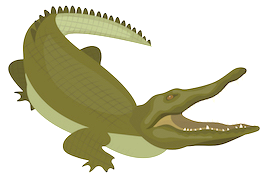 Here’s one example of what that looks like: when Jagger Jones and his little sister Aria are attacked by oversized crocodiles on the Nile, their magical sidekick, Mut, knows the spell to repel the crocs. But by this time, she’s lost her bag of magical artifacts, including wax (which, yes, magicians really used). Clever little sister Aria quickly replaces the lost wax with chewed gum mined from her bag and, voila, crocs repelled.
Here’s one example of what that looks like: when Jagger Jones and his little sister Aria are attacked by oversized crocodiles on the Nile, their magical sidekick, Mut, knows the spell to repel the crocs. But by this time, she’s lost her bag of magical artifacts, including wax (which, yes, magicians really used). Clever little sister Aria quickly replaces the lost wax with chewed gum mined from her bag and, voila, crocs repelled.
By elevating artifacts, I found a way to let the story flow naturally and camouflage the learning. And of course, I added mummies and giant crocodiles and magical amulets to pump up the adventure.
Finally, I chose a theme that would resonate with today’s kids, but I gave it an ancient twist. The theme of my book is the meaning of life itself. (Go big or go home, right?) To explore this theme, I turned to an old blessing, ankh, wedja, seneb, which means (may you have) life, prosperity, health.
Book one of the three-book series tackles ancient notions of life, contrasting them with modern notions. That’s a wordy way to say I took the old boy-saves-princess storyline and aligned it with the spirit of ancient Egypt. So it is not the princess’s life Jagger must save, but her afterlife. (Cue spooky music here.)
Helping you make the education fun
But how can all this help you in the classroom? Unlike middle grades authors, teachers don’t try to hide the education you dole out. Fortunately, there’s no rule that says you can’t make it fun. And the thing about ancient Egypt is that it’s every bit as unexpected as Hollywood has portrayed it to be—so teaching it, and learning about it, should be entertaining too.
Here are five resources for making ancient Egypt enjoyable to teach:
► You can download my Jagger Jones-themed escape room style classroom activity here and spend an hour solving historical puzzles with you class.
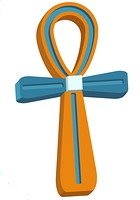 ► PBS has some handy lesson plans for teachers that cover the rise of communication, the role of tombs, some of ancient Egypt’s coolest queens, and more.
► PBS has some handy lesson plans for teachers that cover the rise of communication, the role of tombs, some of ancient Egypt’s coolest queens, and more.
► The British Museum has one of the world’s largest collections of ancient Egyptian artifacts. Visit this dedicated site.
► The National Museum of Scotland has some fun, interactive experiences designed to teach kids about ancient Egypt.
► The Nile File is a fun way for younger kids to create their own experience with an ancient Egyptian guide … and a quiz.
Hope this handy list is helpful — anything that spreads my passion for ancient Egyptian history is a win in my book. So to speak.
_____________________________________
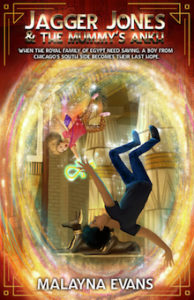 Malayna Evans was raised in the mountains of Utah and spent her childhood climbing, skiing, reading Sci-Fi, and finding trouble. Many years later, she earned her Ph.D. in ancient Egyptian history from the University of Chicago. She’s used her education to craft a time-travel series set in ancient Egypt. Book 1, Jagger Jones and the Mummy’s Ankh, is out in May of 2019.
Malayna Evans was raised in the mountains of Utah and spent her childhood climbing, skiing, reading Sci-Fi, and finding trouble. Many years later, she earned her Ph.D. in ancient Egyptian history from the University of Chicago. She’s used her education to craft a time-travel series set in ancient Egypt. Book 1, Jagger Jones and the Mummy’s Ankh, is out in May of 2019.
Malayna lives in Oak Park, IL, with her two kids, a rescue dog, and a hamster. She’s passionate about coffee, long dog walks, travel and visiting classrooms to proselytize about the brilliance of ancient Egypt. You can learn more about Malayna’s resources for educators or reach out to schedule a class visit here or follow Malayna on Twitter here.

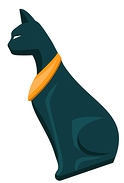
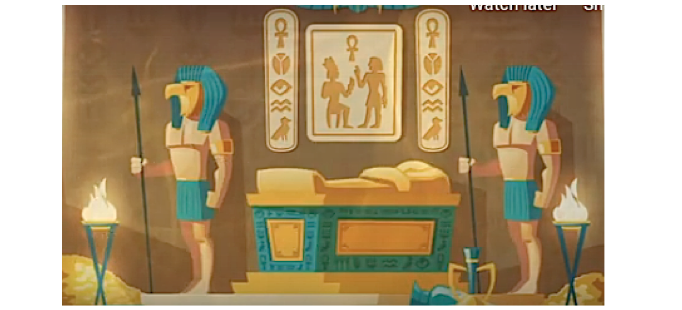
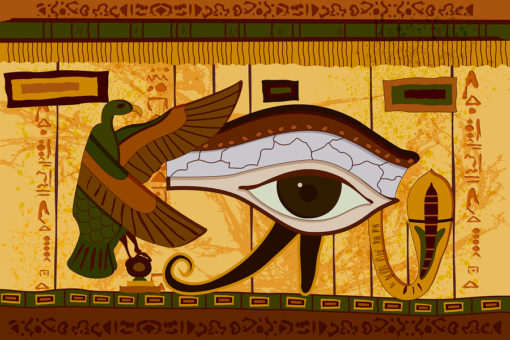

































Thanks for letting me drop by and share a few thoughts!
I’m a middle school teacher and I too have written a historical fiction book for middle graders, Gettysburg: The Story of Four Kids Whose Lives Were Changed by War. Although my book was not fanciful, it did incorporate historical fact (centered around the ultimate Battle of Gettysburg) as we learn of the lives of four teens from varying backgrounds. Fun to research and fun to write and I look forward to writing more.